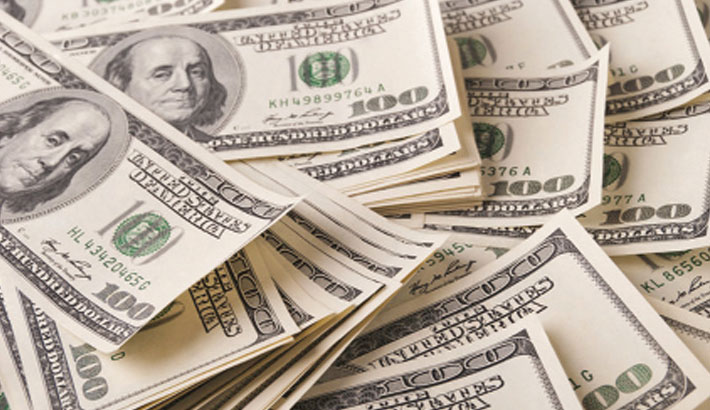Fall in foreign funds, high debt repayments strain forex reserves
Staff Correspondent
Published: 25 Sep 2023

A decline in fund release from global lenders, along with increasing loan repayments in US dollars, is exacerbating the existing forex reserve crisis in the country's economy.
The foreign fund inflow against development projects is a key forex source for Bangladesh after exports and remittance.
But development partners have disbursed $405 million in the first month of FY24, down from $488 million released in July in FY23, according to latest Economic Relations Division (ERD) data.
In contrast, Bangladesh had to repay $275.2 million loans and interest in July, including $159.3 million principal amount and $115.8 million interest as repayment period started for some costlier loans.
It was 63.8 percent higher than $168 million foreign loans repaid in July last fiscal, including $107.3 million principal amount and $60.7 million interest.
The foreign loan situation has compounded the depleting forex reserve problem caused by high import bills after the new global crisis –Russia-Ukraine war.
The country’s forex reserve fell below $22 billion at $21.7 billion after Asian Clearing Union (ACU) payment in the middle of this month.
The ongoing Russia-Ukraine war has shoot up prices of food and fuel causing high inflation, mostly imported, in most of the countries.
Bangladesh also witnessed a surge in capital machinery imports immediately after corona recovery. Now, it is facing a severe dollar crisis because of the war-induced high import cost.
Economic analysts also blame money laundering by a section of people and the cash incentive paid on inward remittances for the dollar crisis.
Bangladesh has been paying high interest to some lender since it entered a middle-income bracket in 2015. Foreign loans have recently become costlier for it as most lenders have raised loan interest rate for it.
The World Bank has raised its interest rate for Bangladesh to 0.75 percent to 2.2 percent while IDA loans were available earlier at only 0.25 percent interests, according to ERD officials.
Similarly, another important development partner Jica has raised its interest rate for Bangladesh to 2.26 percent from only 0.7 percent last until last year. Until 2015, it charged on 0.01 percent interest.
Asian Development Bank’s interest rate is hovering between 1 to 5 percent and Islamic Development Bank charges 2 to 4 percent interest on its loans. ERD officials informed that the new rates have been imposed on new loans but the older loans bear the previous interest rates.
Meanwhile, commitments for new loans from the development partners surged to $5 million which was $1.1 million a year earlier.
Out of the disbursed funds, Japan released the highest $251.8 million while ADB released $70.4 million, World Bank’s soft loan window--IDA-- $57.5 million, AIIB $4.60 million, India 2.18 million and other lenders $19.1 million.
China and Russia have not disbursed any fund so far in the current fiscal year.
Economic analysts say the foreign loan repayment burden for the country will rise in the coming days as interest rates have risen while the repayment periods have been curtailed. The situation has put the reserve situation under more pressure as Bangladesh has to address the foreign loan situation with remittance and export incomes.

